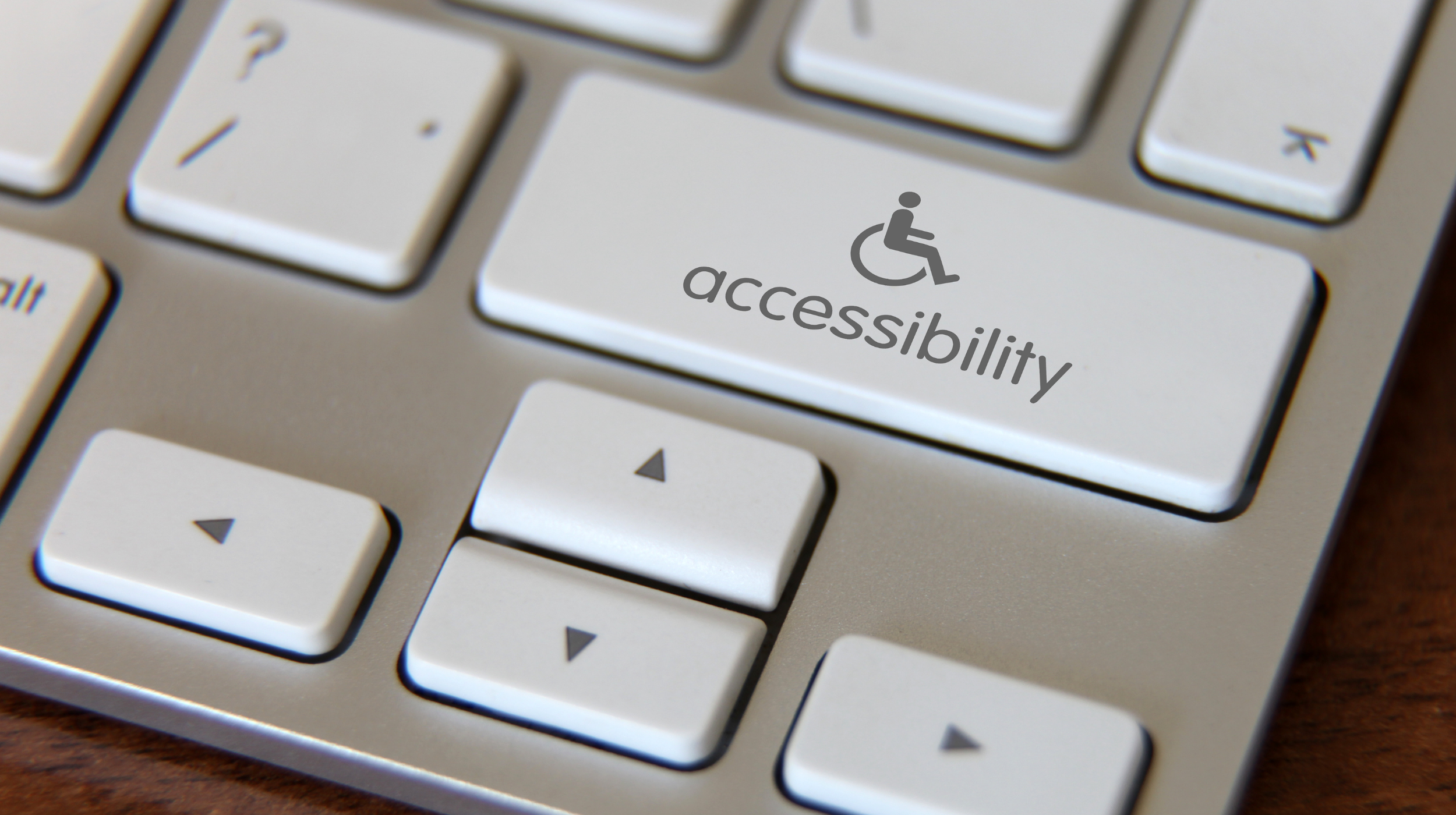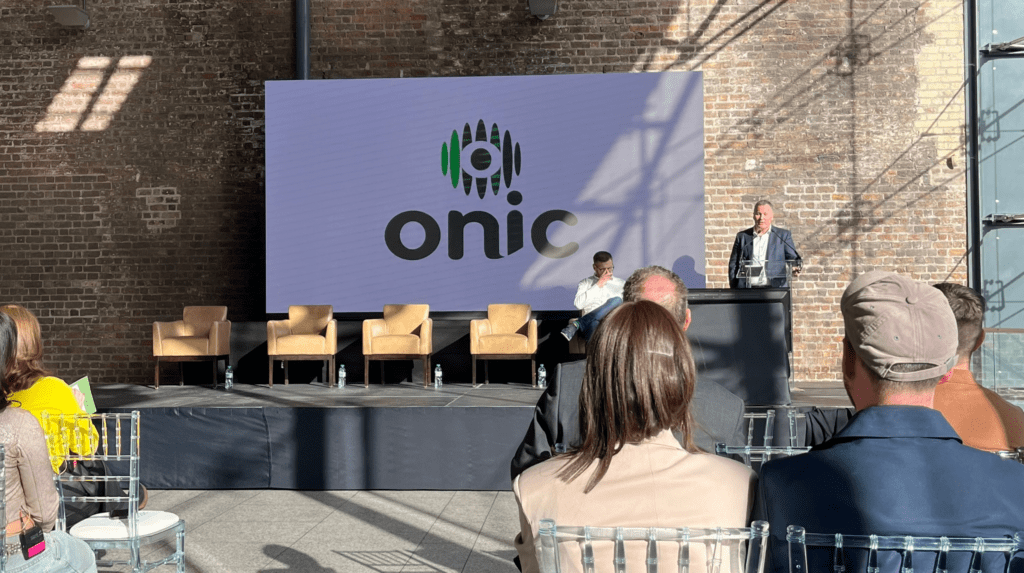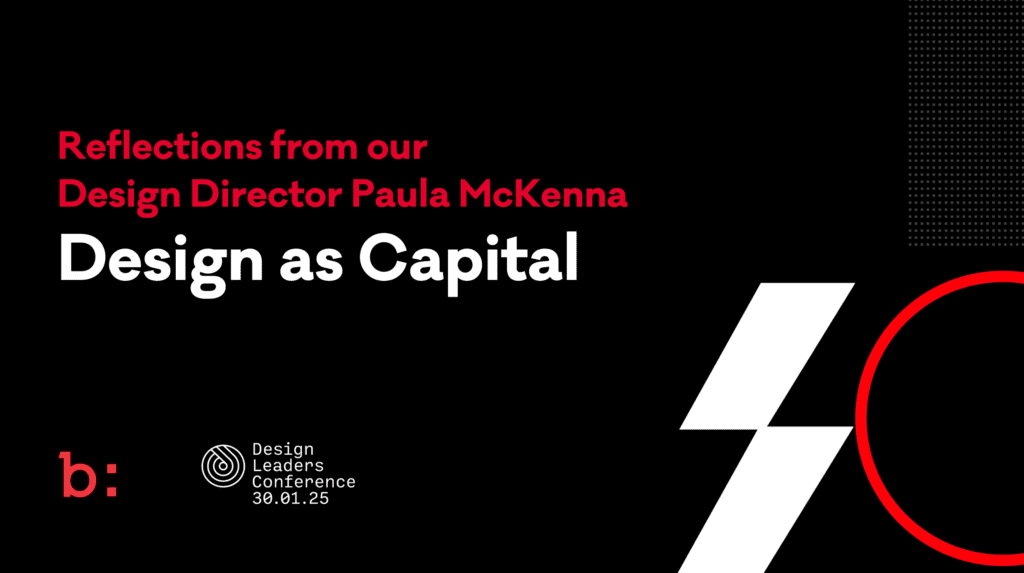Have you ever wondered if everyone can actually use your website? Accessibility is often overlooked, partly because we tend to build digital experiences based on what’s familiar to us. But not every visitor interacts with the web in the same way.
With the European Accessibility Act coming into effect soon, accessibility is becoming a more visible and important conversation. Here’s what you need to know.
What is Website Accessibility?
Web accessibility is about removing barriers and opening your website to everyone. That means designing websites, tools, and technologies in a way that allows people with disabilities to use them with ease. Accessibility helps ensure that your website works for all of your users, not just some.
According to Web Accessibility Initiative (WAI), web accessibility is to make sure that people with disabilities can both use and contribute to the web. Disabilities may be visual, hearing-related, motor, cognitive or neurological.
Legal Requirements
From June 2025, the European Accessibility Act (EAA) will require that many digital services be designed to support access by people with disabilities.
The global set of standards is Web Content Accessibility Guidelines (WCAG) Version 2.2. There are three different levels of conformance:
- Level A: the basic level
- Level AA: the level your website should aim for
- Level AAA: the enhanced level
These internationally recognised guidelines are built around four key principles: Perceivable, Operable, Understandable, and Robust. For companies with over 10 employees and an annual revenue of over €2 million, it is compulsory to adopt the new Act.
The Right Thing to Do
Accessibility isn’t only about compliance. It’s the right thing to do. In Ireland, 1 in 4 people have a disability, and around 80% of those disabilities are hidden. This could include anything from dyslexia to visual impairment to limited mobility.
If your website isn’t accessible, you’re potentially excluding a large portion of your audience without even realising it. Many users who encounter difficulties won’t stick around. They will move on to other sites that work better for them.
Better Website for Everyone
The primary goal of accessibility is to support people with disabilities, but it also leads to it also leads to a more user-centric website for everyone. Think of captions on videos in a noisy space, good colour contrast for someone viewing your site in bright daylight, or parents with limited ability to touch the screens while caring for a newborn.
Accessibility often goes hand-in-hand with better UX, improved mobile performance, and stronger SEO. When you design for everyone, the results speak for themselves.
Therefore, making your website accessible is an ethical decision, but it also makes business sense. A more usable, inclusive product helps build trust and improves the overall experience for all users.
Get Your Website Accessibility Ready
We understand that it can feel like a big task, but the first step is knowing where your website stands.
At Bradley: The Brand Agency, we help businesses build digital experiences that are inclusive. If you’d like to chat about your site’s accessibility, we’re here to help.
Want to stay in the loop on accessibility insights and updates? Subscribe to our newsletter.
















